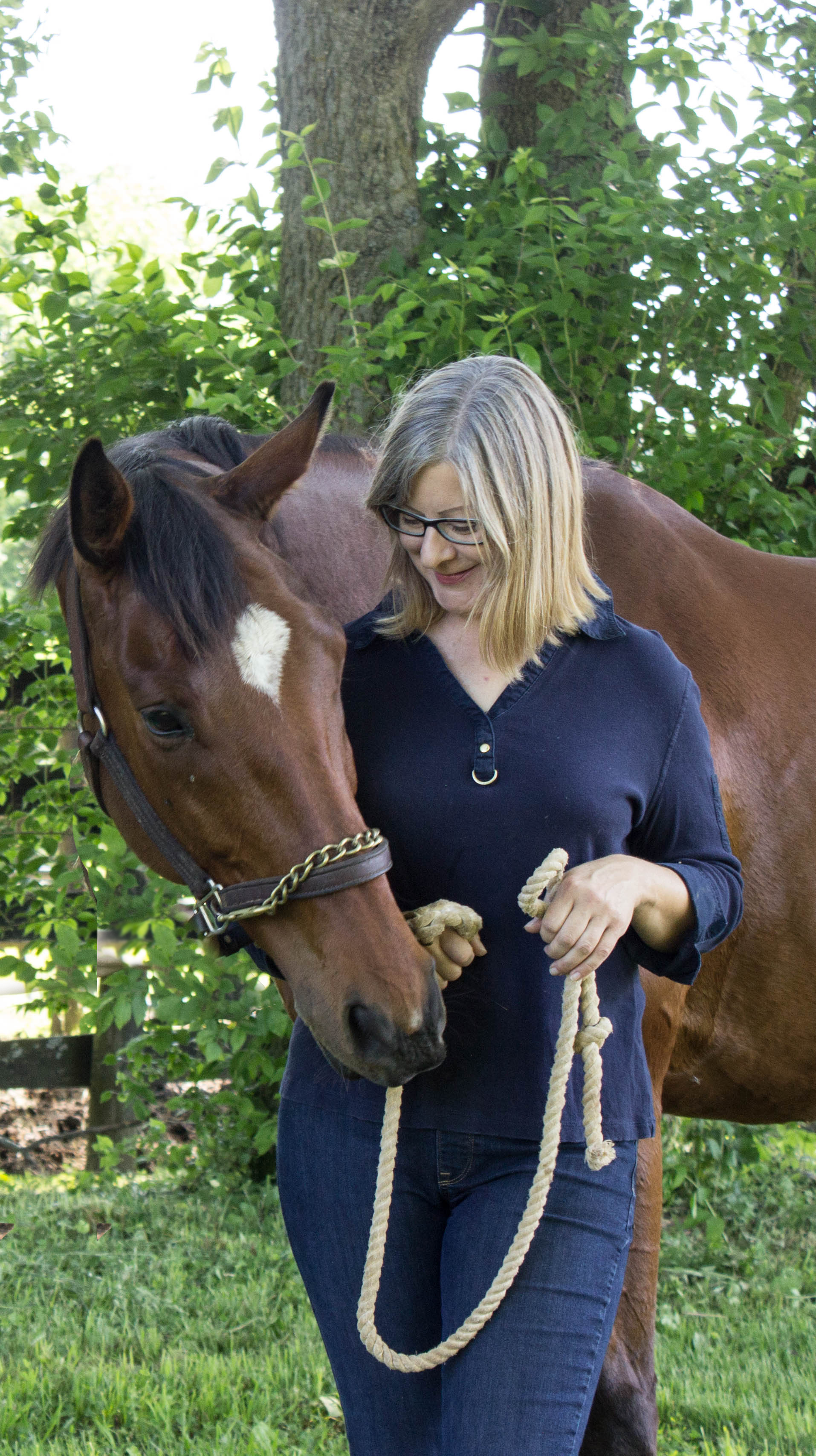How are Equestrian Age and Sport Participation Related to Socioeconomic Factors?
 United States youth programs such as Pony Club, 4-H, United States Equestrian Federation and youth programs sponsored by breed associations have been proficient at educating about horse health, including the importance of vaccination, nutrition, exercise and fitness, animal safety, diseases and toxicities. Participation in equestrian sport often begins in these youth programs and extends into adulthood. And many horse riders understand that costs associated with participating can be high, but do factors such as age and type of participation relate to socioeconomic status?
United States youth programs such as Pony Club, 4-H, United States Equestrian Federation and youth programs sponsored by breed associations have been proficient at educating about horse health, including the importance of vaccination, nutrition, exercise and fitness, animal safety, diseases and toxicities. Participation in equestrian sport often begins in these youth programs and extends into adulthood. And many horse riders understand that costs associated with participating can be high, but do factors such as age and type of participation relate to socioeconomic status?
University of Kentucky College of Public Health members Kimberly I. Tumlin, PhD, MS, MPH, director of the Equestrian Athlete Initiative and assistant professor, and Steven Claas, medical research writer, and College of Agriculture, Food and Environment member Karin Pekarchik, MS, senior extension associate for distance learning in the Department of Biosystems and Agricultural Engineering and founder of the UK Female Equestrian Health and Wellness Community of Practice, teamed up to find out. A survey seeking to create a profile of equestrian participation nationally was developed based on the National Health and Nutrition Examination Survey for socioeconomic and economic questions. The Female Equestrian Health and Wellness Network (FEHWN) leader, Pekarchik developed and reviewed questions around types of participation in the industry.
Findings for Kentucky equestrians were reported in the Journal of Extension article. Riders sustain their activity for multiple years and the majority of participants do ride horses. It comes as no surprise to those involved in equestrian sports that regular participation can be expensive. Perhaps the most surprising finding from this study was that not only do many equestrians spend more on horse-related activities than other avocations, but a significant number of those surveyed said that they spend more than their annual income on equestrian activities yearly. That’s an alarming finding, and it potentially points to the need for educational programs to introduce participants to equestrian activities across a range of financial commitments and to include elements that emphasize financial responsibility and wellness.
To advance awareness of these knowledge deficits, the Female Equestrian Health and Wellness Network has started to work with member organizations in the U.S. and abroad to determine what additional research and programming can be done to fill gaps in understanding. This study highlights the need for more research with people who ride and work with horses.
Author affiliations
Kimberly I. Tumlin, PhD, MS, MPH
Assistant Professor, Epidemiology, College of Public Health
Research Director, Equestrian Athlete Initiative, College of Health Sciences
Karin Pekarchik
Senior Extension Associate for Distance Learning
Steven Claas
Senior Research Associate, College of Public Health
